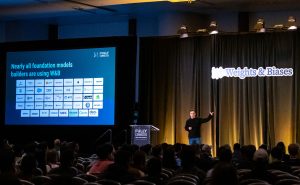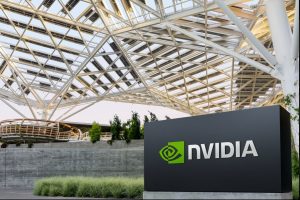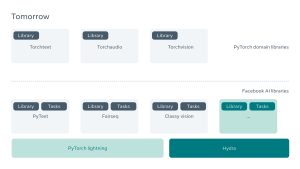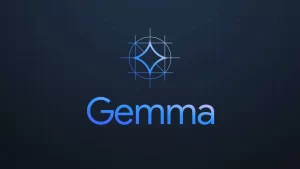SAN FRANCISCO — OpenAI, a leading research organization in artificial intelligence, has announced its decision to standardize its deep learning framework on PyTorch. This move marks a significant step in the organization’s efforts to streamline its development processes and foster collaboration within its team.
In the past, OpenAI utilized various frameworks for different projects based on their individual strengths. However, the decision to standardize on PyTorch aims to simplify the creation and sharing of optimized implementations of their models. This strategic shift aligns with OpenAI’s commitment to advancing research productivity at scale, particularly on GPUs.
One notable outcome of this decision is the release of a PyTorch-enabled version of Spinning Up in Deep RL, an educational resource aimed at facilitating learning about deep reinforcement learning. Additionally, OpenAI is actively developing PyTorch bindings for its highly-optimized blocksparse kernels, with plans to open-source these bindings in the near future.
The adoption of PyTorch by OpenAI is driven by its ease of use and rapid experimentation capabilities, which have significantly reduced iteration times on research ideas. By leveraging PyTorch, OpenAI anticipates accelerating its research efforts, particularly in areas such as generative modeling.
Furthermore, OpenAI is excited to join the thriving developer community surrounding PyTorch, which includes major organizations like Facebook and Microsoft. By collaborating with these industry leaders, OpenAI aims to push the boundaries of scale and performance on GPUs, driving innovation in the field of deep learning.
While PyTorch will serve as OpenAI’s primary deep learning framework moving forward, the organization remains open to using other frameworks when specific technical requirements arise. Already, many teams within OpenAI have transitioned to PyTorch, and the organization looks forward to actively contributing to the PyTorch community in the coming months.



















